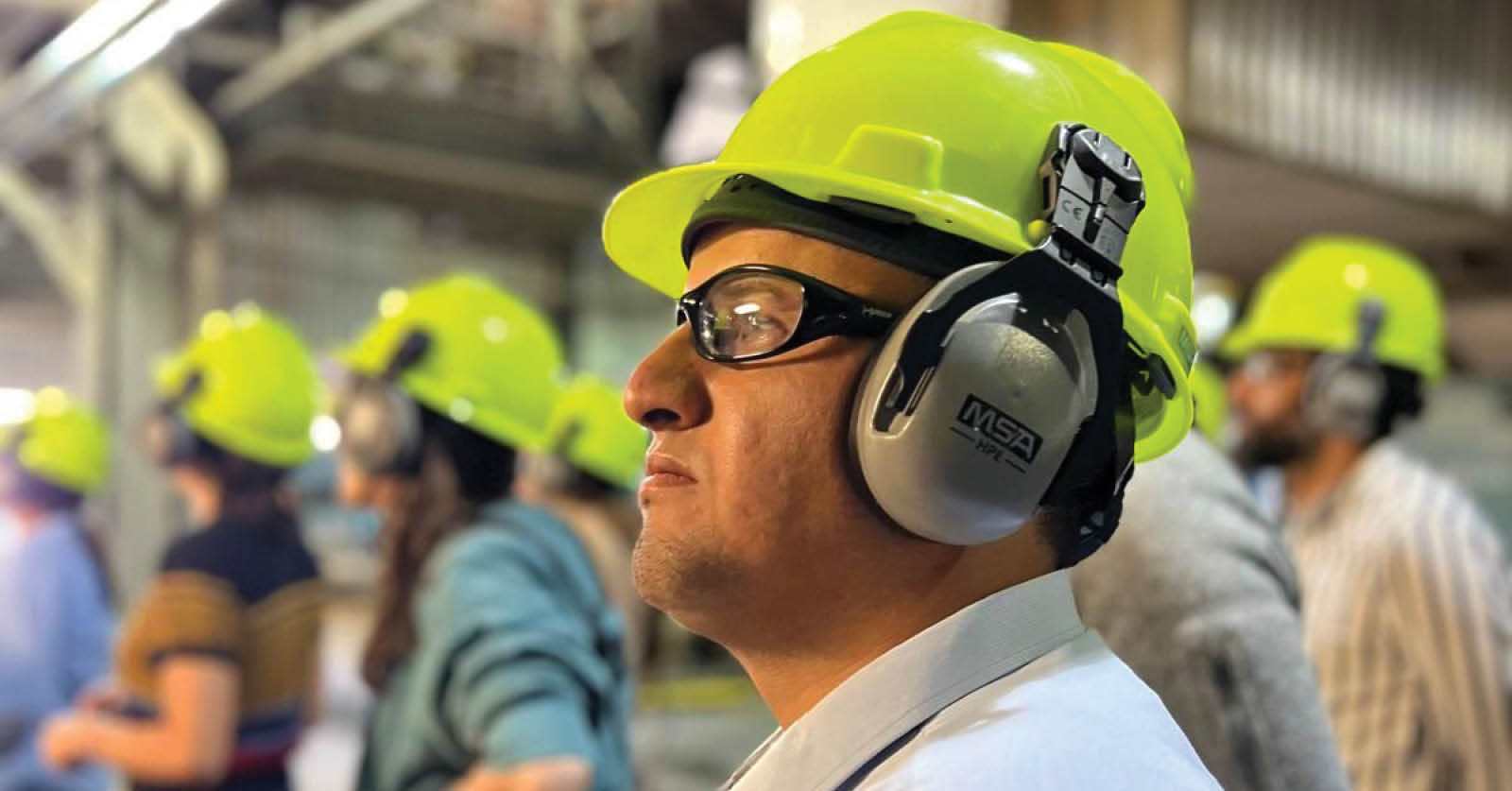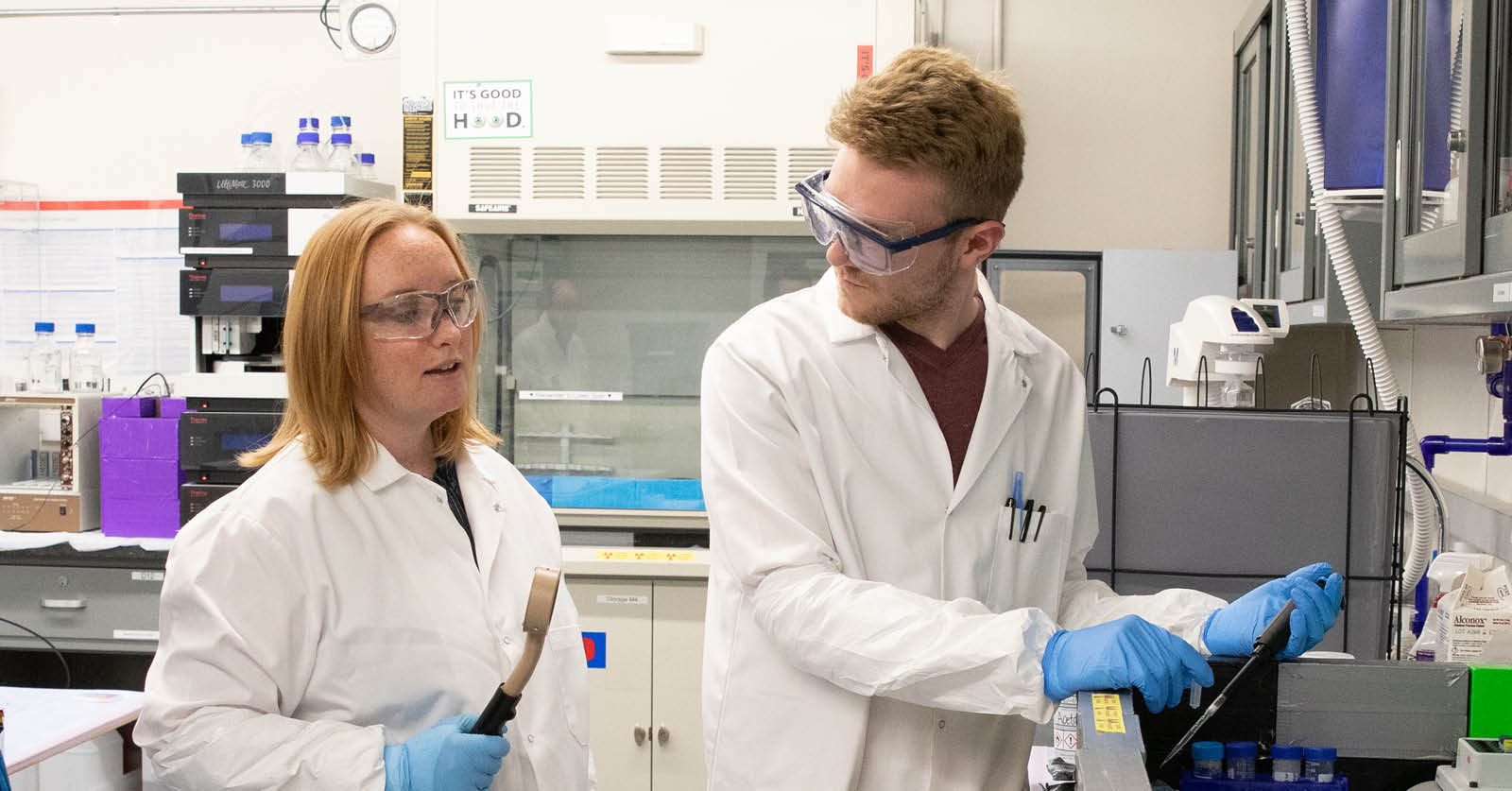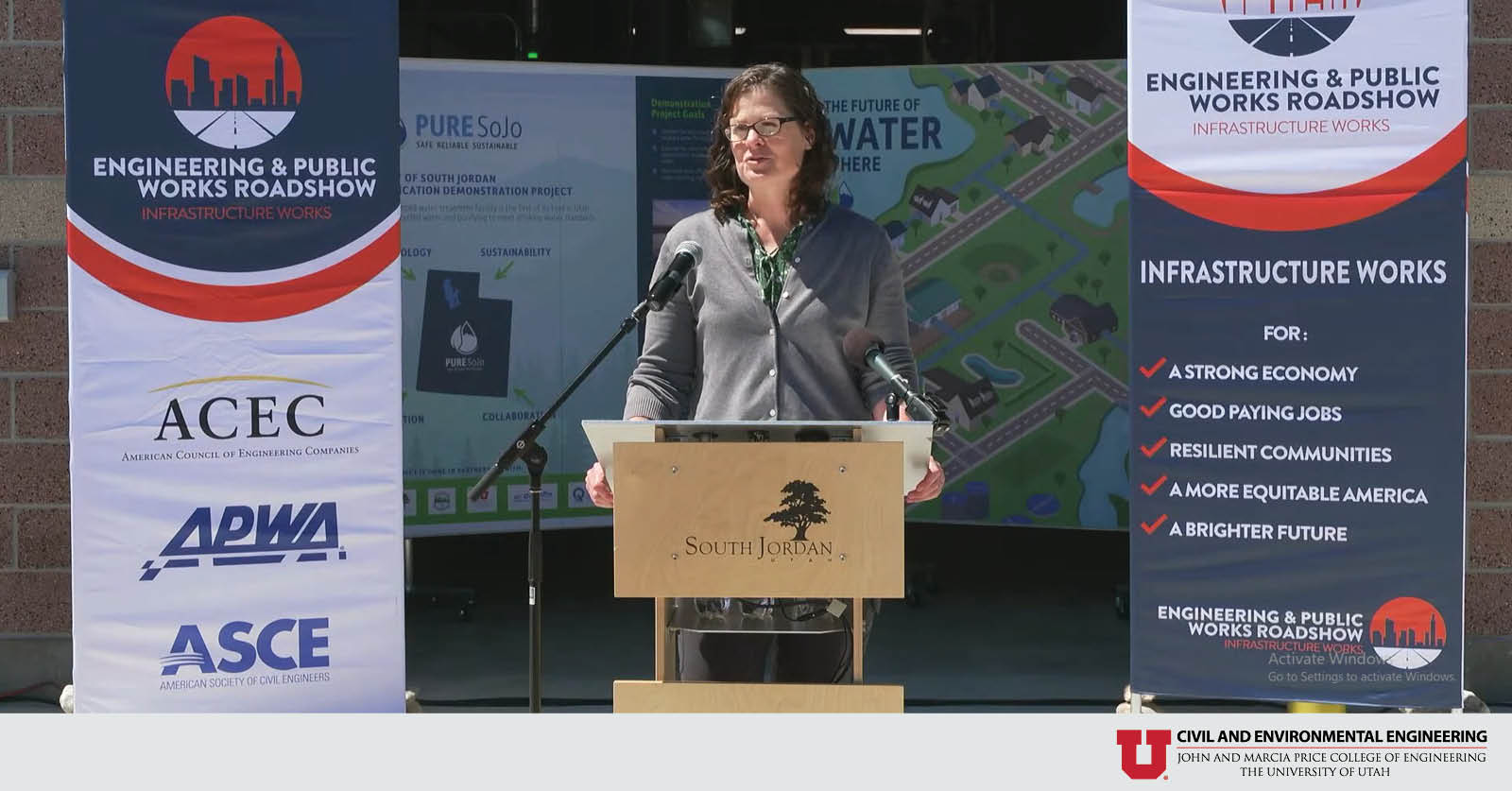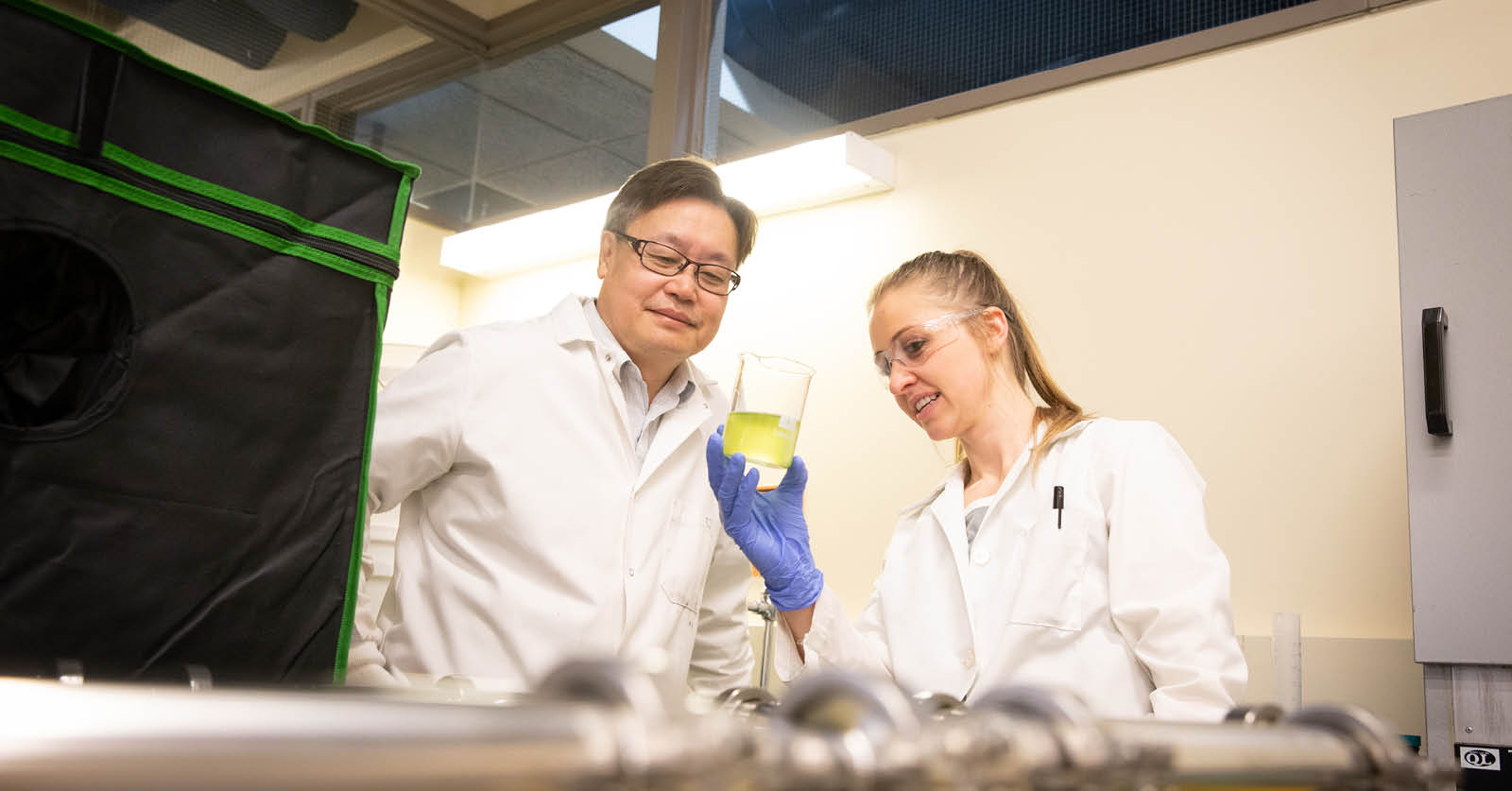Revolutionizing Maintenance Data Collection for Better Planning
Civil & Environmental Engineering faculty member Dr. Juan Medina’s work is optimizing Utah’s transportation infrastructure through in-depth cost analysis. His team’s research emphasizes the importance of considering long-term maintenance costs alongside initial construction and installation expenses.
In partnership with the Upper Great Plains Transportation Institute, Dr. Medina’s recent work offers practical solutions that balance upfront construction costs with long-term maintenance needs, ultimately paving the way for more efficient statewide transportation planning.
The report, published by the Upper Great Plains Transportation Institute, presents a comprehensive review of ten years’ worth of barrier-related work order data and transactional expenses and provides the foundation for a big-picture analysis of barrier systems. The case study provided valuable insights into the challenges and opportunities in maintenance data collection and asset cost tracking over time. These findings are crucial for conducting comprehensive life-cycle cost analyses and evaluating alternative design options.
Dr. Medina’s research not only contributes to a deeper understanding of infrastructure maintenance and cost management but also offers practical solutions to enhance data collection practices. These improvements are vital for the accurate evaluation of design alternatives, ensuring that planners can make informed decisions that balance upfront costs with long-term sustainability.
Dr. Richard Porter, a former faculty member of the University of Utah, also played a significant role in this study. Their combined efforts are paving the way for more efficient and cost-effective transportation infrastructure design, ultimately benefiting the entire state of Utah. Read the abstract here.
Transportation Engineering at the University of Utah
Researchers in Transportation Engineering use state-of-the-art technology such as AI and machine-learning to make innovative advancements in the planning, design, operations, maintenance, and assessment of transportation systems.
Explore Transportation Engineering→
More news from our department:

PhD Student Omar Bakelli Completes RECS 2024 Program
Bakelli’s Participation Propels Him into the Forefront of Carbon Sequestration Research University of Utah PhD student Omar Bakelli recently participated in the 20th annual Research Experience in Carbon Sequestration (RECS) program, held from July 21-30, 2024, across Colorado and Wyoming. Sponsored by the U.S. Department of Energy (DOE), RECS 2024 provided an immersive experience for […]

U Grad Breaking Boundaries in Alzheimer’s Disease
Innovative Alzheimer’s Treatment Developed at the U Featured in Journal of Nuclear Medicine Alzheimer’s disease, a debilitating brain disorder with limited treatment options, has long challenged researchers. Specifically, researchers have struggled with slowing the buildup of amyloid beta plaques, harmful clumps in the brain that exacerbate the disease by damaging brain cells and causing memory […]

From Classroom Concepts to Real-World Impact
Dr. Weidhaas Champions Local Solutions for Water Reclamation in Arid Utah On June 18, 2024, Environmental Engineering Professor Dr. Jennifer Weidhaas shared her insights and experiences with the groundbreaking PureSojo project as part of the Engineering & Public Works Roadshow. This innovative initiative, developed in collaboration with the City of South Jordan, represents a significant leap […]

Nanobubbles: Tiny Powerhouses with Huge Potential
University of Utah Environmental Engineering Professor is at the Forefront of New Nanobubble Technology Peculiarly powerful, nanobubbles have opened a new frontier in science and engineering, creating promising environmental and medical applications. But what exactly is a nanobubble? Imagine a tiny water bubble that’s 2,500 times smaller than a single grain of salt. Then imagine […]

